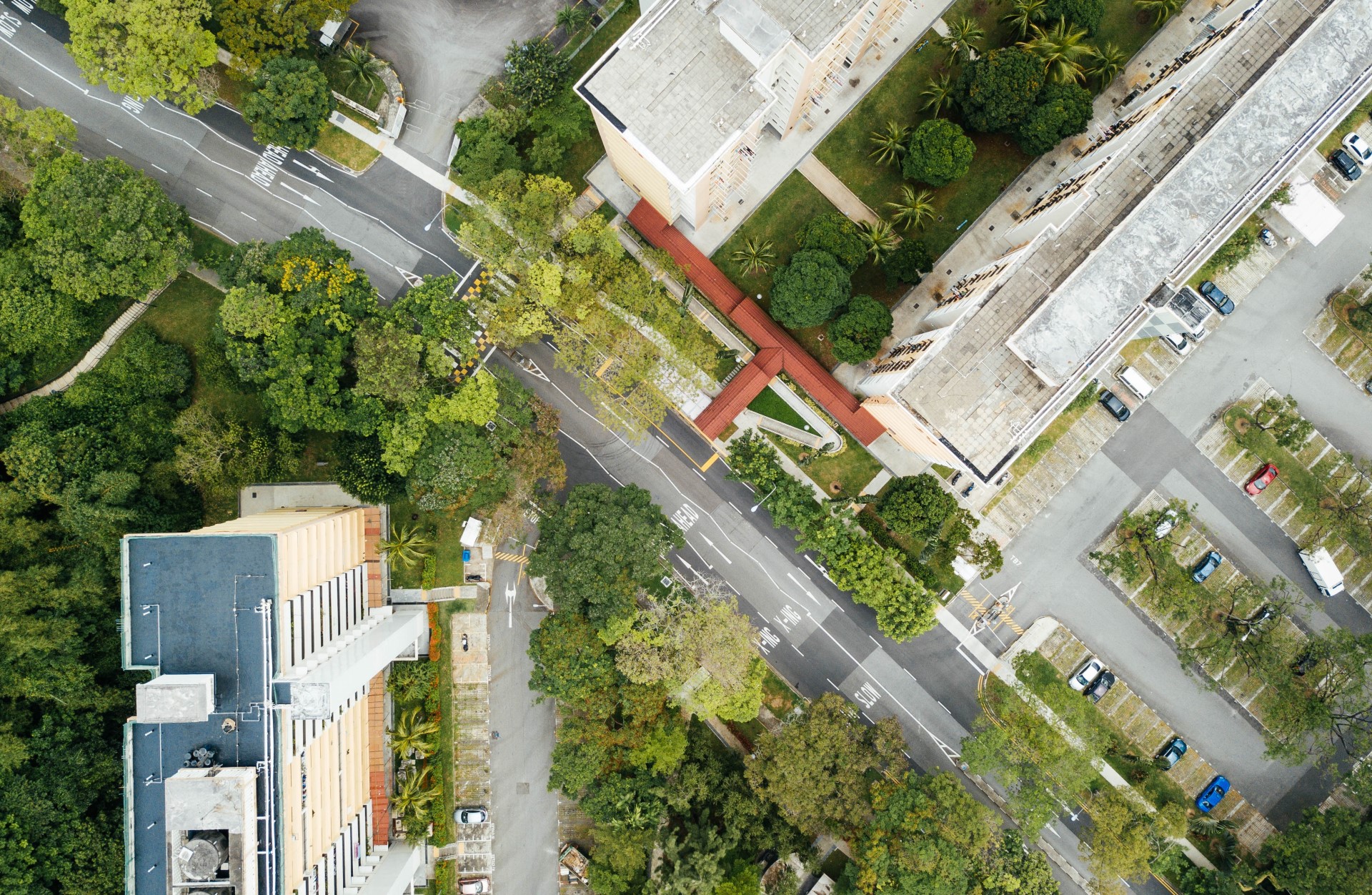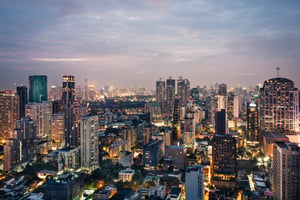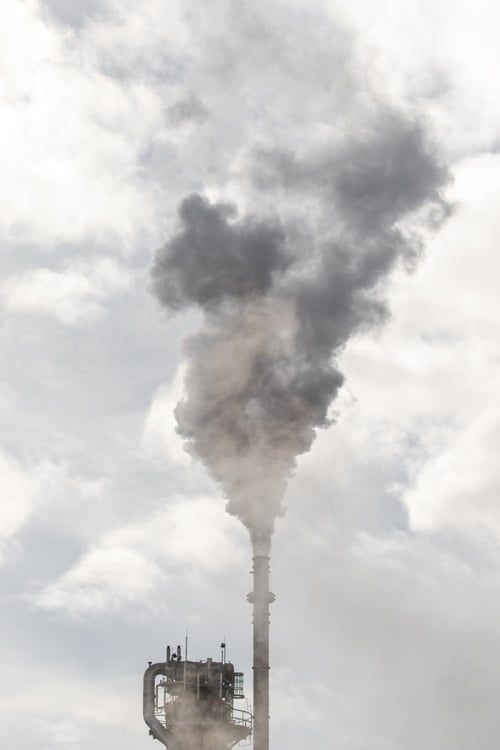
We tend to forget about our green roofs once they’re built, but it turns out stewardship and public health are strongly related. Translation: It’s crucial to maintain green systems over time.
While stewardship and public health might not be a relationship you’ve spent a lot of time considering until now, it’s time to break that trend.
Green roofs get a lot of praise for managing stormwater and providing animal habitat (though perhaps not as much credit as they should get), but we don’t spend a lot of time talking about how they benefit human health.
Well, they do. And that’s what we’re here to discuss today.
Stewardship Helps Address Combined Sewer Overflows (CSOs)

We’re guessing if someone asked you, “Hey, do you want to keep poop out of the streets?” then your answer would be yes.
(If it’s not, it’s time to return to your classroom. Do your parents know you’re reading this, btw? Because we’re going to have a talk with them about your budding sense of humor.)
The good news is, proper stormwater management techniques can help reduce the incidence of raw sewage in our streets.
The bad news is, combined sewer overflows or CSOs – the tendency of sewer systems to back up during rainfall and spill disease and pollution into our streets – are still much too prevalent.
That’s where green roofs come in. By retaining and detaining stormwater and snowmelt, green roofs keep water out of sewers until peak stormwater influx has passed, greatly reducing the chances of overflows. This not only prevents disease to humans, it keeps wildlife and waterways safe and clean too.
Note: While growing media and drainage layers on green roofs are typically absorbent no matter what, plants do a huge part of the legwork when it comes to absorbing stormwater. When they die, your roof’s efficiency drops to 60 percent or less of its former absorption capacity. Not good.
That’s why you need to care for your plants well. I.e. stewardship.
Regular Stewardship Reduces the Urban Heat Island Effect

Another way stewardship and public health relate is in the realm of temperature.
Namely, healthy green roofs reduce the urban heat island effect. That’s the tendency of cities to retain heat throughout the day, increasing health issues such as respiratory difficulty, heat cramps, heat stroke and even death for those who don’t have sufficient cooling.
Luckily, “Green roof temperatures can be 30–40°F lower than those of conventional roofs and can reduce city-wide ambient temperatures by up to 5°F,” says the EPA. “In addition, green roofs can reduce building energy use by 0.7% compared to conventional roofs, reducing peak electricity demand and leading to an annual savings of $0.23 per square foot of the roof’s surface.”
With reduced energy costs, more people have access to cooling, and fewer people will get sick.
Green Roof Stewardship Increases Air Quality (A Lot!)

Back in third grade, you probably learned that trees help clean the air, which is extremely important in urban areas especially, since human activity produces so much floating gunk. Stewardship and public health are inextricably linked in this area.
Plants draw in airborne pollutants – think ozone, carbon monoxide, nitrogen oxides, sulfur dioxide, lead and particulate matter – through their leaves along with the carbon dioxide they “breathe” through specialized holes called stomata. They then exhale oxygen, leaving the pollutants behind.
Voilà: Cleaner air.
According to a recent study, “The level of air pollution removal by green roofs in Chicago was quantified using a dry deposition model. The result showed that a total of 1675 kg of air pollutants was removed by 19.8 ha of green roofs in one year with O3 accounting for 52% of the total, NO2 (27%), PM10 (14%), and SO2 (7%).”
In plain English, this means that roughly 50 acres of green roof can remove almost two tons of pollutants from the air, including many of the biggest offenders, such as ozone (O3), nitrogen dioxide (NO2) and sulfur dioxide (SO2).
“The amount of pollutants removed would increase to 2046.89 metric tons if all rooftops in Chicago were covered with intensive green roofs,” the study adds.
And may we just add: Yay! That’s a whole lot of asthma-inducing, carcinogenic crap out of our air.
As always, though, we don’t get these benefits unless we keep our green roofs alive.
Where Do You Start with Green Roof Stewardship?
Creating a stewardship plan for your green roof is simpler than you might think. While stewardship has a rap for being a fancy-schmancy ecological idea, all it really means is caring for a system in the way it needs to be cared for.
This is distinguished from maintenance, which is a set cycle regardless of a rooftop’s needs. Stewardship means showing up regularly, taking soundings from soil and plants, and adjusting where necessary. We might, for instance:
- Offer plants additional nutrients and fertilizer
- Re-site plants
- Remove invasive species
- Deal with pest infestations
… and check on systems as a whole. We will only adjust care if necessary, making this an affordable ongoing routine for your roof.
Want to learn more about how you can keep your green roof strong and your city healthier? All you have to do is get in touch with Ecogardens today.

